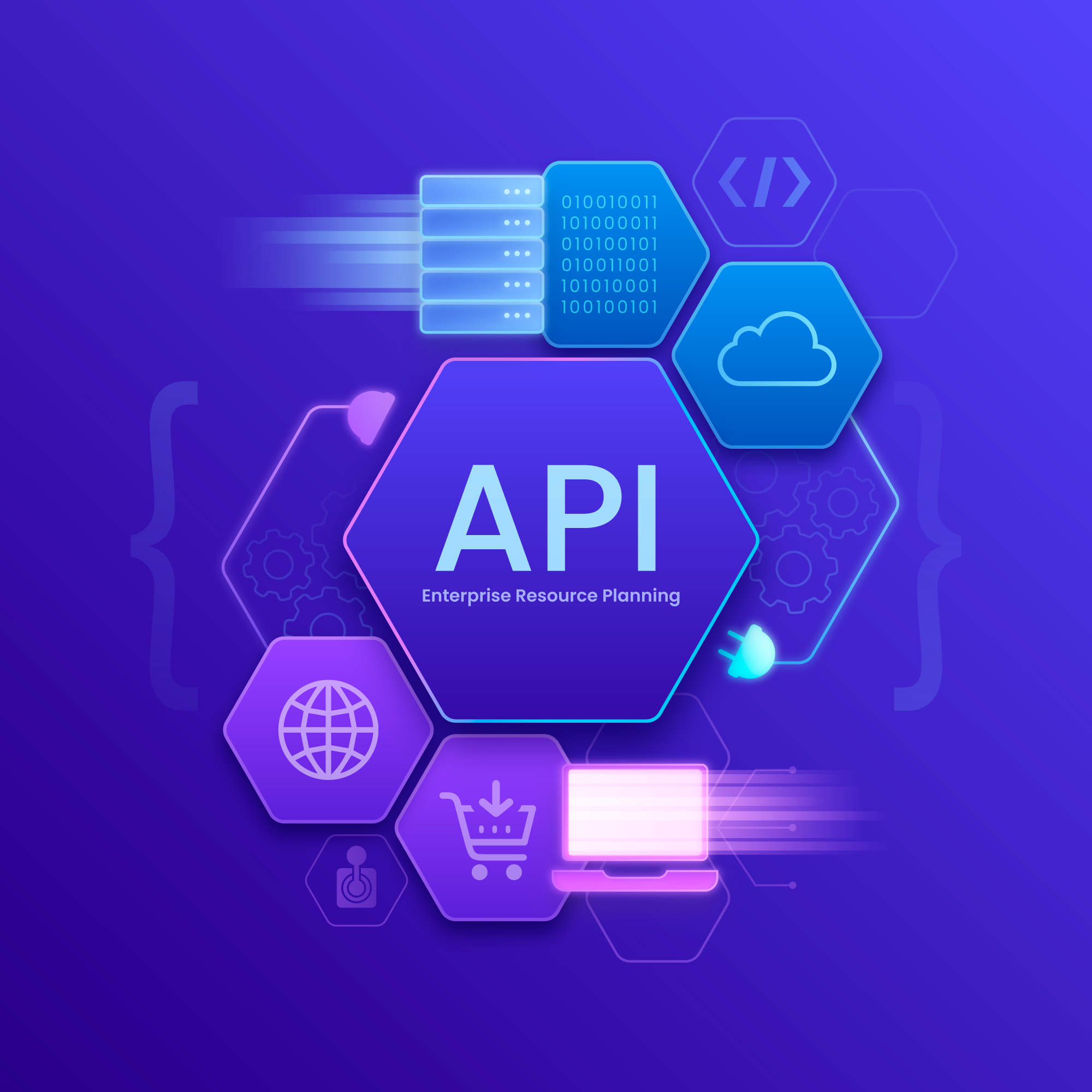The birth and raise of the API economy
09 Oct 2023 | Jean-Christophe Arraou

In the ever-evolving landscape of technology and business, there are paradigm shifts that define eras, and the birth and rise of the API (Application Programming Interface) economy is undoubtedly one of them. This transformative force has not only reshaped the way businesses operate but has also revolutionized the way we live our daily lives.
The Genesis: APIs as Digital Connectors
APIs, the digital connectors that enable one piece of software to interact with another, have been around for decades. However, their true potential began to emerge in the early 2000s. Before this, APIs were largely used within closed systems or by tech giants for their internal operations. The turning point came with the realization that APIs could do more than just connect software; they could connect people, services, and businesses on a global scale. The pioneers in this movement were tech giants like Salesforce, Google, Amazon, and eBay. Salesforce, in particular, released its API in 2002, setting the stage for a new era of digital connectivity.
The Power of Collaboration: Google Maps and Beyond
One of the early examples of API-driven innovation was Google Maps, launched in 2005. Google not only created a revolutionary mapping platform but also allowed third-party developers to ‘embed’ maps via their APIs. This collaborative approach changed the way we navigate the world, and Google Maps became an integral part of numerous applications and services, from ride-sharing and health and fitness apps to social media and delivery services.
The API Economy Takes Flight
As more businesses and industries recognized the potential of APIs, the API economy was born. Companies across the board, from finance and healthcare to e-commerce and travel, began adopting APIs to enhance their services, streamline their operations, and create new revenue streams. This marked the transition from closed, isolated systems to open, interconnected ecosystems.
The Financial Revolution: Open Banking and APIs
In the financial sector, APIs have played a pivotal role in the Open Banking movement. Traditional banks and financial institutions have transitioned from closed, monolithic systems to open, API-driven platforms. APIs have not only facilitated data sharing but have also enabled the development of innovative financial products and services. In Europe, PSD2 (Payment Services Directive 2) played a significant role in mandating the use of APIs for data sharing, ushering in a new era of financial innovation.
The API Advantage: Collaboration, Innovation, and Monetization
The API economy has unlocked new avenues for collaboration, innovation, and monetization. It enables companies to partner with third-party developers, share data securely, and create innovative solutions that benefit end-users. Businesses can develop new business models, increase profitability, and gain agility in the market.
The Future of the API Economy
As we look ahead, the API economy shows no signs of slowing down. With the rise of technologies like the Internet of Things (IoT), cloud computing, and big data, the use of APIs is expected to become even more pervasive. Open collaboration initiatives will become increasingly common, driving the development of user-centric solutions in areas like smart cities, smart mobility, and the Internet of Things. But how to enhance a wide and open collaboration? Meecrogate can lend a hand! Thanks to a NoCode end-to-end solution that covers all needs in APIs lifecycle management.
The API economy isn’t just a revolution; it’s an evolution of how we connect, create, and thrive in the digital age.
